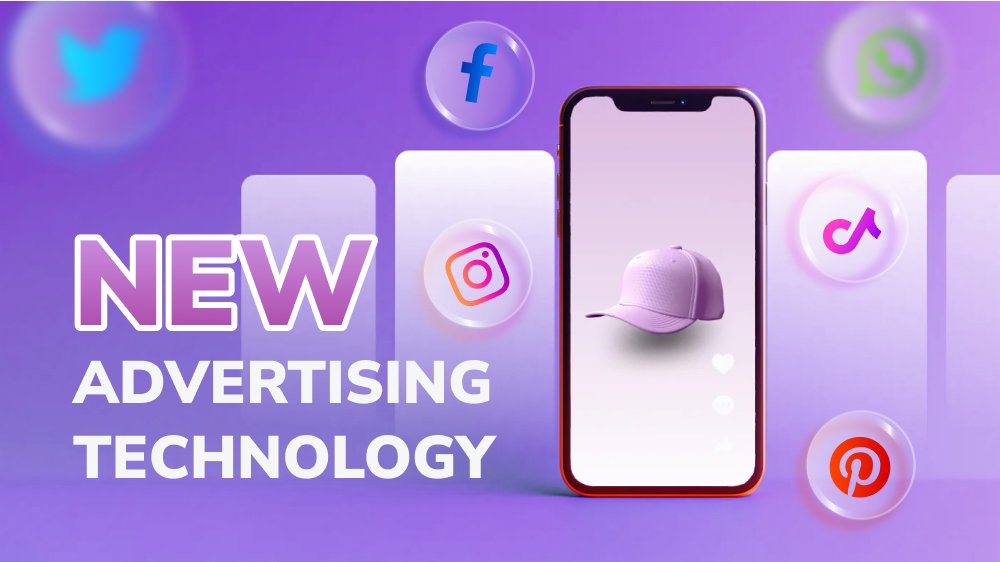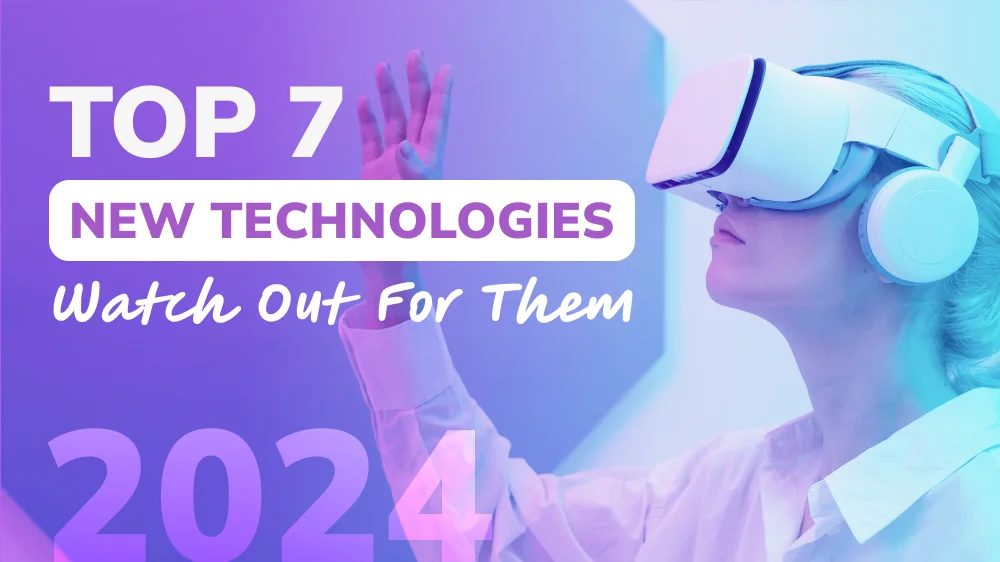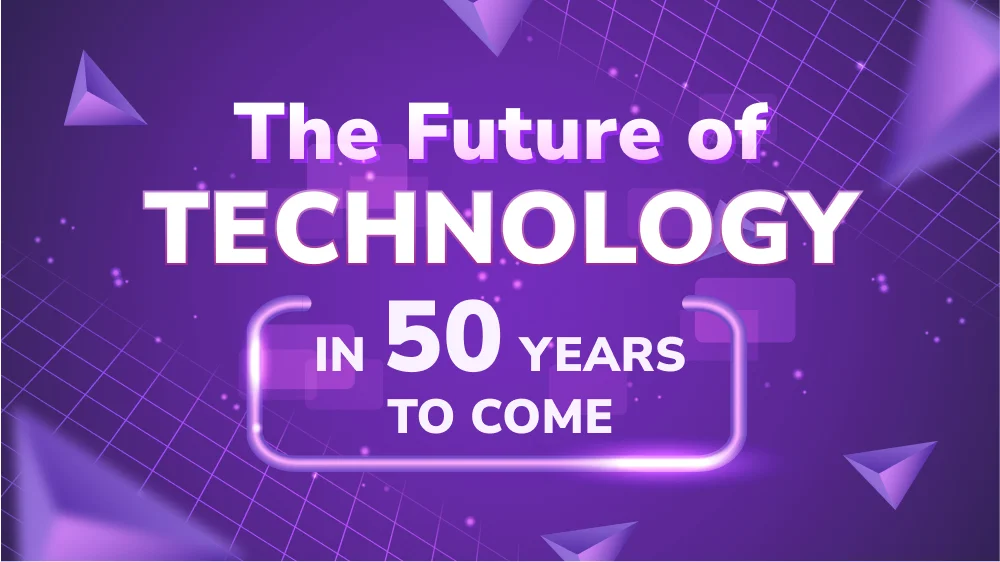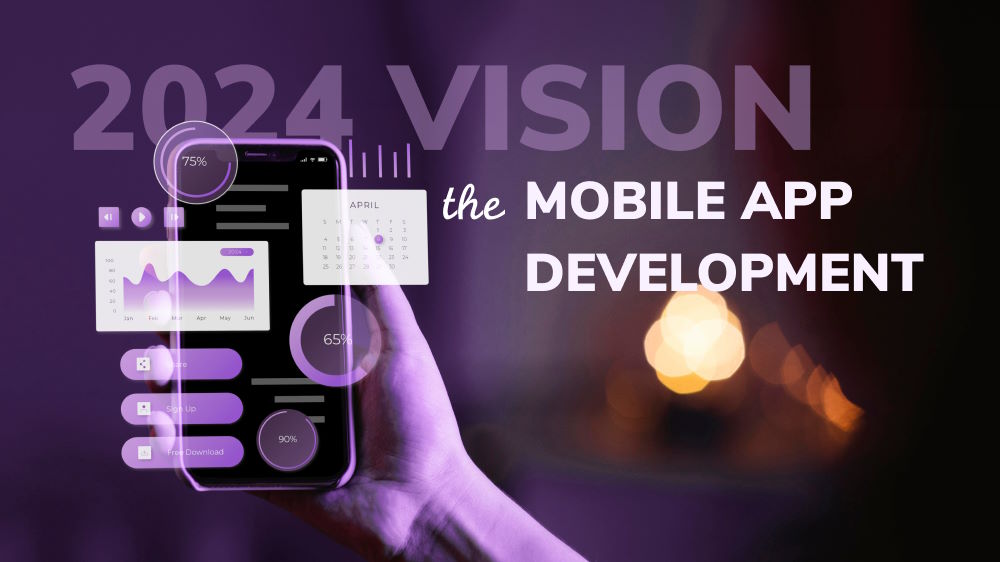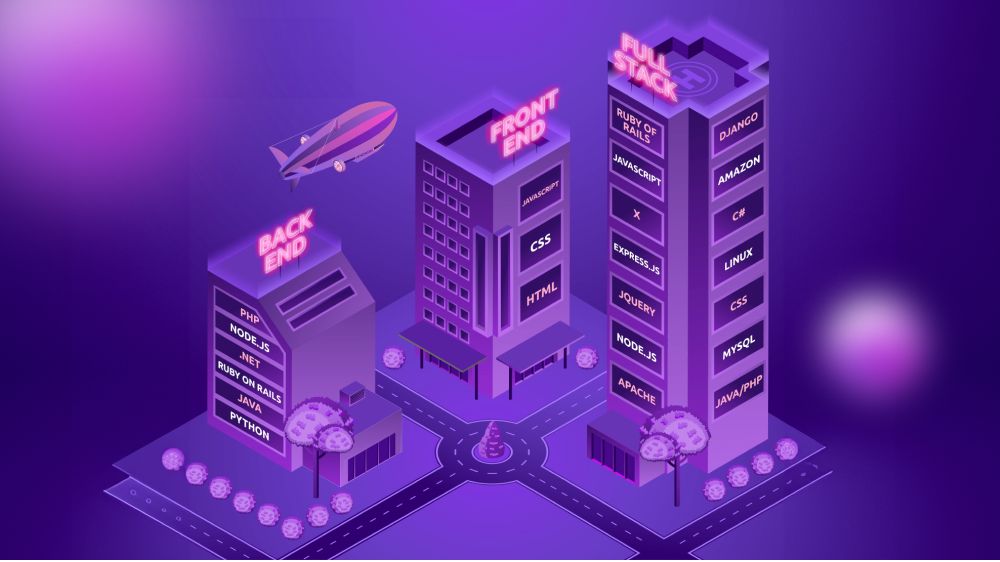
What Is Haptic Technology and How Does It Work?
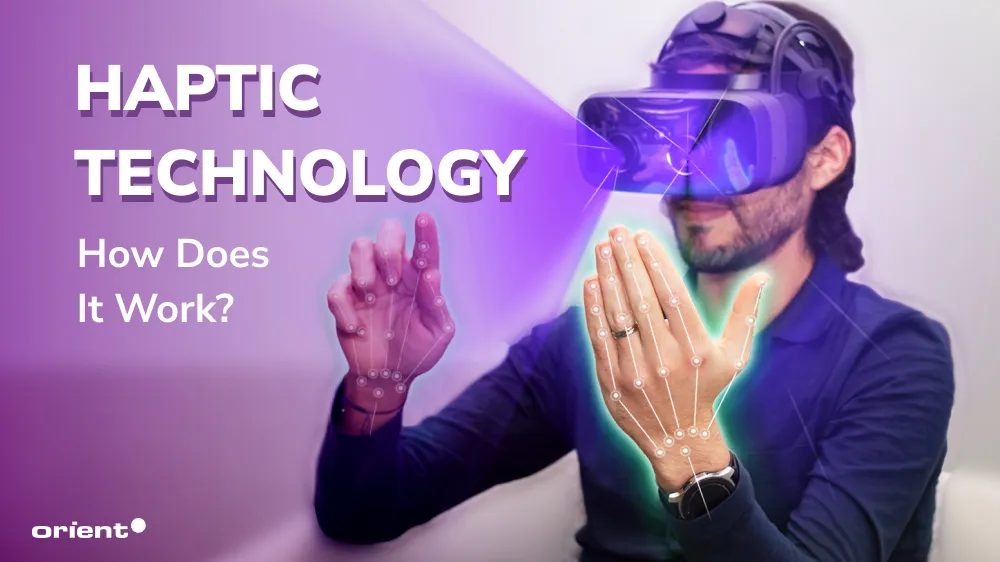
Content Map
More chaptersTouchscreen technology lets us interact with digital products like smartphones and tablets – without using physical buttons or switches.
While this is a convenient, cost-effective, and accessible way for people to use different devices, the lack of physical sensation can create a disconnect between the user and the device. To counteract this problem, many devices use haptic technology to simulate the feeling of physical touch, creating a more immersive, more engaging user experience.
Read on to find out what haptic technology is, how it works, and the different ways in which we use haptics to enrich our daily lives.
Key Takeaways:
- Haptic technology simulates the feeling of physical touch through specific hardware and software configurations.
- The main types of haptic systems are graspable, wearable, and touchable; each has its advantages and applications.
- Many industries, from healthcare to automotive to retail, use haptic technology to improve user outcomes and experiences.
What Is Haptic Technology?
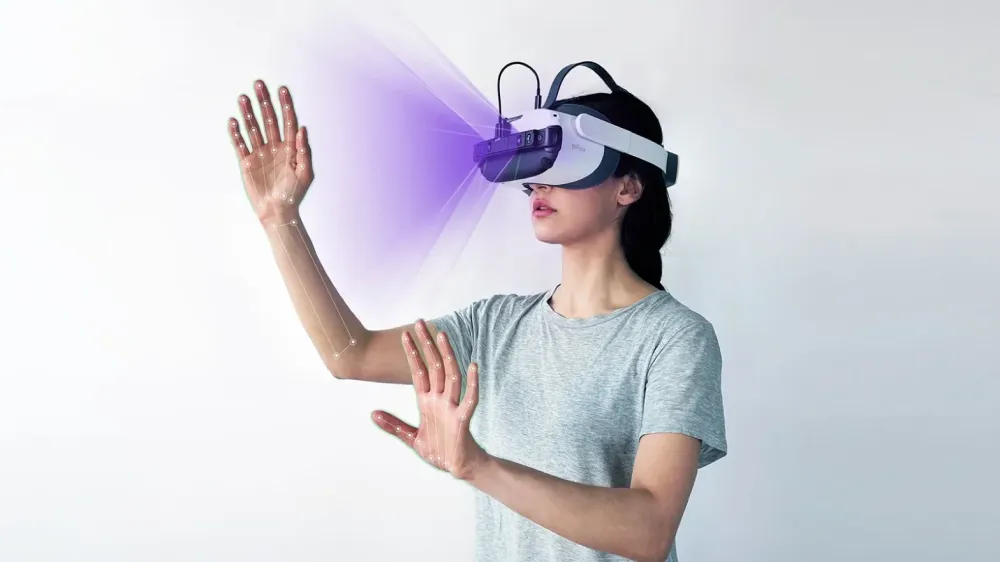
Haptic technology is hardware and software that simulates the feeling of physical touch when interacting with certain devices. In particular, devices with touchscreen capabilities.
Haptic hardware includes physical instruments like force feedback rumble packs, air gusts, and ultrasound beams. When instructed by software, these components deliver a precise, targeted series of vibration patterns to the user.
This feedback, known as haptic (or tactile) feedback, is designed to coincide with what the user is doing on a device and the functionality they are interacting with. For example, typing on a smartphone keyboard (by default) generates vibrations with each button press. This makes it easier for users to register successful button inputs.
How Does Haptic Technology Work?
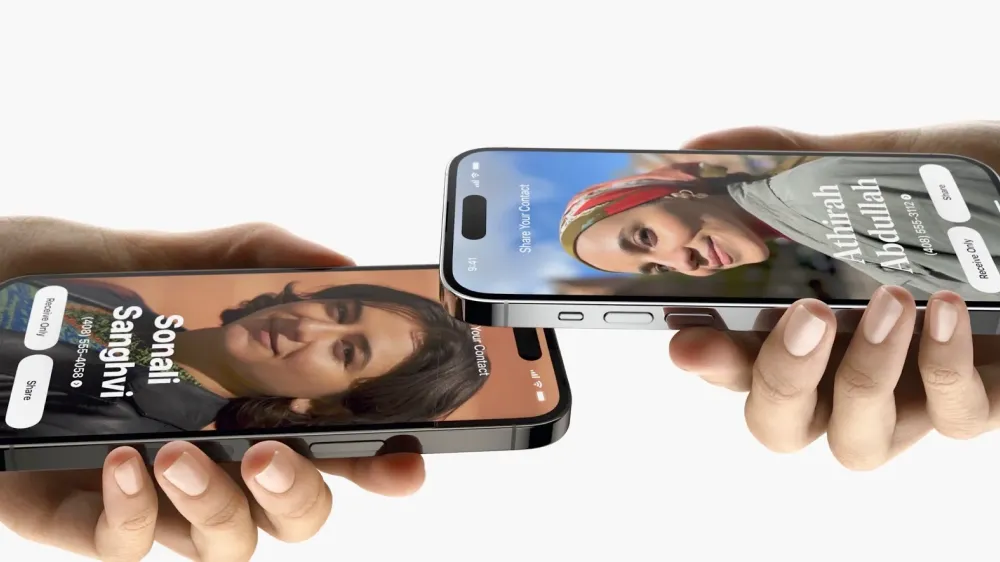
Haptic technology works by simulating a physical sensation that coincides with certain actions or events related to a user. The word ‘haptic’ – from Greek, haptikos – means tactile, relating to the sense of touch.
One of the earliest instances of haptic technology was in the servomechanism systems of large aircraft. This was designed to simulate the vibrations that pilots experienced when approaching a stall, warning them of dangerous flight conditions.
Today’s haptic technology exists for much of the same reasons as before, to enhance real-life or virtual experiences with simulated tactile sensations.
While haptic technology is most commonly seen in consumer devices like smartphones and video game controllers, the technology is used elsewhere. These include industries like healthcare, aviation, and automotive. Haptics was first introduced in the 1970s to warn pilots of dangerous flight conditions.
What Are the Different Types of Haptic Systems?
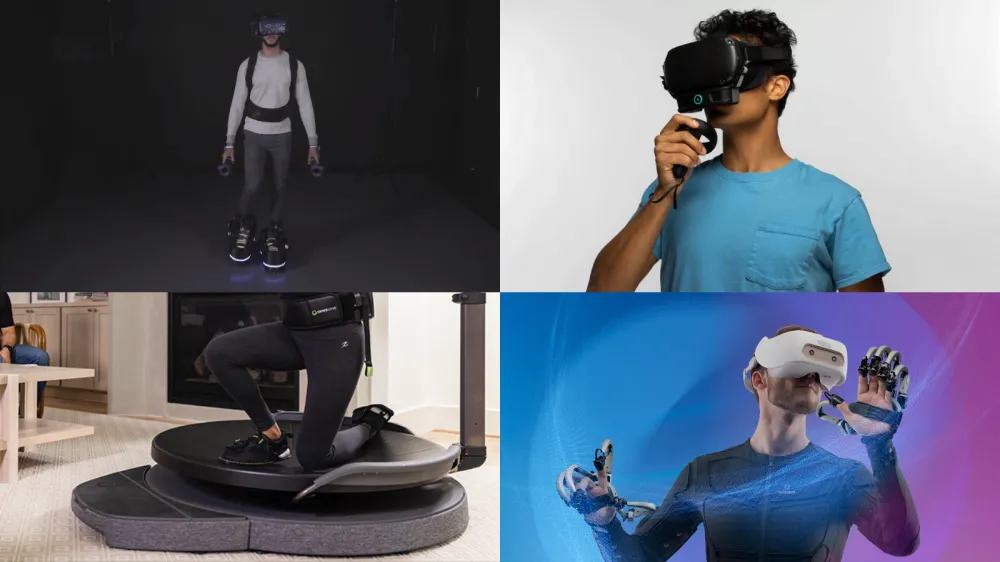
The three main types of haptic systems are graspable, wearable, and touchable devices. Each haptic device is categorized based on usage and the type of feedback it produces. Here is a detailed description of each haptic system.
Graspable Haptic Systems
Graspable devices are usually held by the hand and produce kinaesthetic feedback. This feedback is fed to the muscles, tendons, and joints, of which the energy then transfers to the spinal cord.
Joysticks are the most common type of graspable device. They are often used in video games and aviation training to simulate the physical sensation of flying. When used with flight simulator software, joysticks can replicate the resistance that pilots feel when controlling the plane.
Wearable Haptic Systems
Wearable haptic devices are worn on the hand and produce vibrations. They come in various device types, including wearable rings and gloves. They allow users to feel tactile sensations as they interact with haptic interfaces and virtual objects.
Virtual reality (VR) haptic gloves increase the immersion of VR games and applications. Without using traditional controllers, players can interact with the virtual environment using their hands. The fingertip-tracking sensors allow players to perform highly intricate tasks in VR, such as performing surgery or repairing electrical equipment.
Touchable Haptic Systems
Touchable systems are electronic devices with touchscreen capabilities. These include smartphones, tablets, and interactive terminals like Point of Sale (PoS) systems and self-service checkouts.
Not every touchscreen device uses haptic technologies, but those that do generate feedback in response to user input.
All modern smartphones provide haptic feedback, generating bumps and buzzes when users open apps and type messages. Interactive maps, such as those found in public parks and shopping centres, also respond to user input by generating vibrations.
What Are the Different Applications of Haptic Technology?
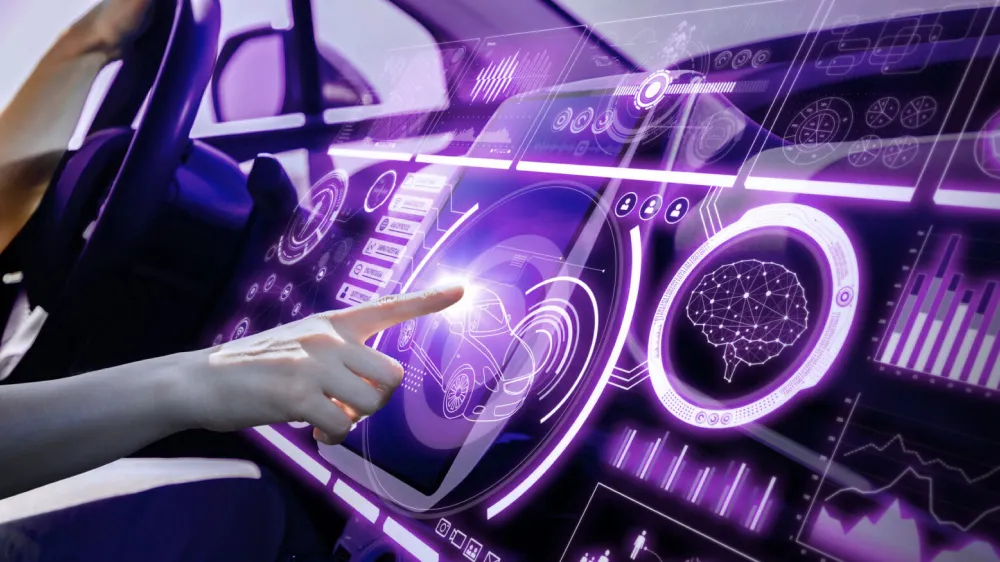
Each of the above devices is used in different ways to produce different haptic alerts and touches. Here is a breakdown of the different ways that haptic technology is used across industries.
Healthcare
Touch is an important component of healthcare. It enables medical professionals to diagnose and treat various ailments accurately and consistently. Unfortunately, the advent of telemedicine and remote health solutions risks eliminating the element of touch, making it harder to determine patient needs.
Haptics in healthcare can help bring the element of touch to telemedicine. Research shows that integrating haptics into virtual reality telemedicine consultations can help improve clinical outcomes, effectively conveying audio-visual and touch data in real-time over 20.3 miles.
Incorporating soft sensors and soft haptic feedback devices into surgical tools used for minimally invasive surgeries (MIS) can also restore tactile sensations in these types of surgeries.
Aviation
Pilots rely on audio, visual, and physical feedback to maneuver aircraft safely and comfortably. This includes performing actions like taking off, preparing for landing, and avoiding dangerous weather.
To effectively communicate the transfer of force from aircraft to pilot, aircraft manufacturers incorporate flight envelope protection systems into their fleet, which use automation to modify the flight controls so that planes can continue to operate within safe, allowable limits.
There are three primary types of haptic feedback designs for flight envelope protection systems. The first uses force feedback and vibrotactile alerts, and the other two use asymmetrical vibrations for directional cues and force feedback, physically guiding pilots away from unsafe envelope limits.
Haptic feedback is an important component of aviation training, too. Student pilots learn how to navigate different flight scenarios in simulated cockpits with flight training software and haptic technology. This helps students refine their auditory, visual, and situational awareness while flying.
Video Games
Haptic feedback has been used in video games for decades, dating back to the 1978 arcade cabinet game Moto-Cross by Sega. It was the first video game to feature vibrotactile feedback, where players would feel the rumble of the motorcycle as it crashed into other bikes on the screen.
Home video game console manufacturers began to incorporate haptic sensory feedback into their systems during the 1990s. In 1997, Nintendo released the N64 Rumble Pack, which featured vibrotactile feedback, and Sony released the DualShock controller for the PlayStation.
Modern consoles (E.g., PS5, and Xbox Series X) have sophisticated haptic feedback systems in their controllers.
The Sony DualSense controller simulates the player’s physical senses with targeted, stylized vibration patterns. For example, in the 2021 game Returnal, players feel tiny “droplets” of vibrations on the controller when their character is in the rain.
Automotive
Driving is a highly involved activity. It requires a high level of visual, audio, and physical awareness. Every move you make, from turning the steering wheels to applying the brakes, results in an instant response from the vehicle.
Unfortunately, one aspect of modern car development that has car safety experts concerned is dashboard touchscreens. In 2022, Swedish auto magazine Vi Bilagare found that drivers took longer to perform simple tasks on touchscreens than with physical buttons.
Haptic feedback is one way to make using touchscreens in cars safer and faster. Studies show that introducing haptic feedback in automotive dashboards can help reduce task completion time, reduce perceived task difficulty, and enhance the user experience.
Retail
Shopping centres and retailers use interactive screens to help customers find stores, research products, and complete purchases. Self-service checkouts allow customers to scan their groceries and finalize purchases without staff assistance.
Haptic feedback makes interactive retail systems faster and easier to use. When customers interact with the screen, the tactile response reinforces all successful inputs, speeding up the typing and menu navigation process.
Health and Fitness
Haptic features can help enhance the health and fitness experience in many ways. Some wearable fitness trackers have haptic side buttons, which makes it faster and easier to navigate the screen than swiping the touchscreen.
Other wearables like the Apple Watch have haptic alarms that wake you up with vibrations – with or without sounds. Some even use directional vibration to tell you where you go based on real-time GPS data.
Embrace Haptic Technology for the Future
Haptic technology has been around for decades. But how we use haptics to enrich our lives has accelerated in recent years.
Advancements in haptic technology are helping us be safer, more efficient, and more versatile than ever before. New iterations of haptic technology have even been shown to improve the outcomes of robotic surgeries and assist those with disabilities or those using robotic prosthetics.
Whatever the future holds for haptic technology, further advancements will continue to enhance our audiovisual and physical experiences in profound and exciting ways.
Would you like to make the most of advanced technologies, like haptic technology, in software development? You’ll probably need a partner with solid expertise and wealthy experience like us, Orient Software. Reach out to us for further infomation.

